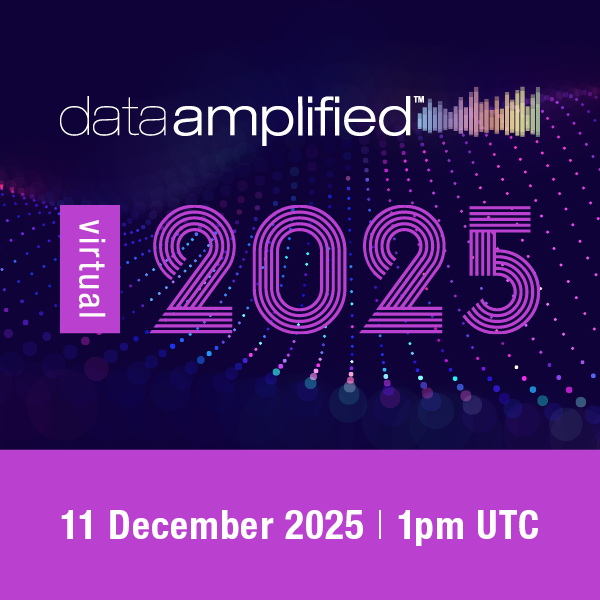AI meets XBRL: finally speaking the same language

Everyone’s experimenting with AI. LLMs are being thrown at everything (from earnings calls to ESG scoring to automated due diligence) and there’s a growing sense that we’re on the edge of something transformative in financial analysis. But at the end of the day they’re working off scraped PDFs, summarised web pages, or “model-friendly” spreadsheets that sacrifice structure for convenience. The models generate text that looks plausible. But ask them to audit their sources, explain how they got to a number, or hold up to regulatory scrutiny? That’s when things start to fall apart.
Structured data—especially XBRL—has always held the promise of traceable, machine-readable truth. But feeding that into an LLM? Until recently, not so easy. Because these models weren’t built to navigate XML, namespaces, taxonomies, or the kind of rich, layered semantics XBRL is designed to deliver. You’d try to give them an Inline XBRL or xBRL-XML report and watch them flail. That’s not a knock on XBRL—it’s a gap in the way LLMs have been trained.
That’s where xBRL-JSON comes in. And this week, we are pleased, at XBRL International, to publish a practical guide on how to use it—turning your compliance-grade data into something an LLM can actually work with. The best part? You don’t lose any of the integrity. It’s still XBRL, just expressed in a way that fits how language models process information. We are teaching the model to speak our language
Our blog walks through the full workflow: convert your report using a certified tool (it’s one click, really), upload the JSON to your model of choice, and start asking questions. Want to pull net profit? Compare four years of revenue? Summarise a policy note in plain English? You can. And because it’s XBRL, you can trace every answer back to the concept, period, and context.
You’re not flattening your data to make it fit. You’re raising the AI to work with the structure you’ve already built. And that’s how it should be.
Want to go more in depth? Take a look at our full blog in the following link.






